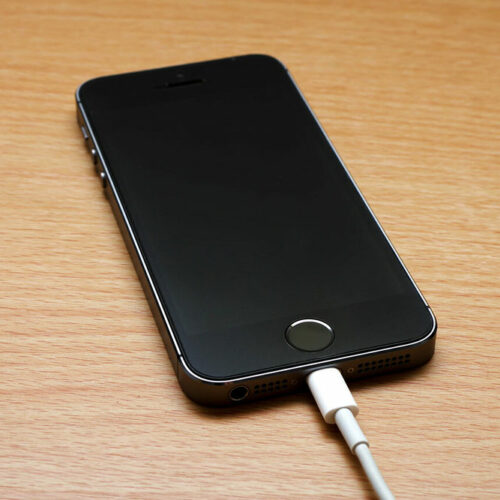8 common online money scams and tips to avoid them

The internet has made sending and receiving money much easier. One can visit several websites and apps to complete transactions at any time of the day. But while the digital age offers convenience, individuals must be wary of the risks. There have been several online scams where people have lost money and their confidential information. That’s why one should learn about these scams and take measures to avoid them while transacting on the internet. Common online money scams While there are endless scams online, some are more common. Identifying them can keep one from falling prey and losing hard-earned money. Phishing scams In phishing scams, scammers try to obtain people’s sensitive information, such as their usernames, passwords, and credit cards, by showing they can be trusted. For example, one may receive an email or text message from the bank saying their account has been deactivated and asking for sensitive information to restart the service. Unsuspecting individuals may provide the details, causing them to lose money from the account. To avoid falling victim to phishing, one should check whether the sender is legitimate and refrain from clicking suspicious links or providing confidential information online. Online shopping scams Online shopping scams deceive people into buying counterfeit or non-existent goods and services.





